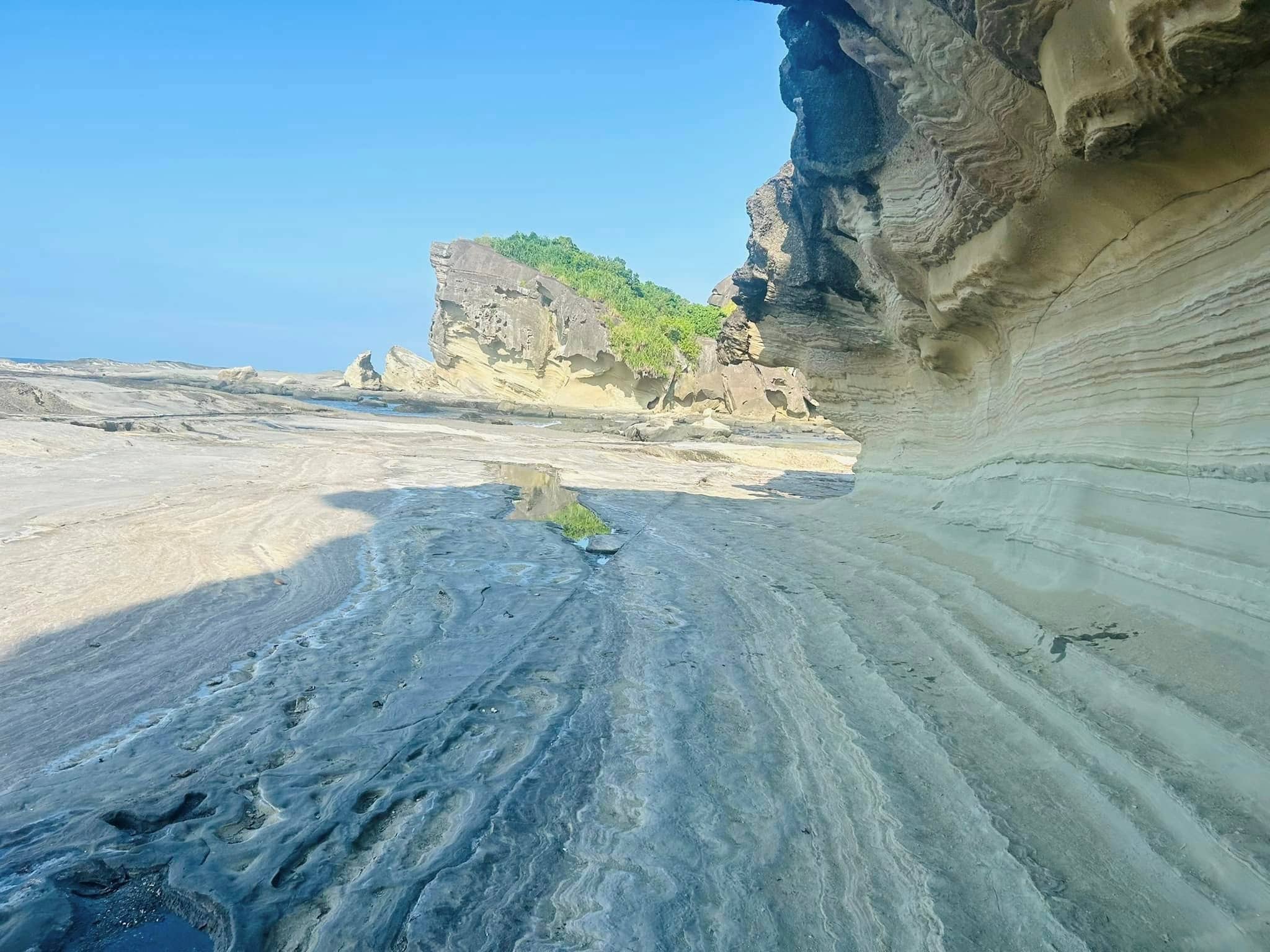Samar’s Biri rock formations now a ‘national geological monument’

AWESOME WORK OF NATURE The stunning rock formations in Biri town, Northern Samar, shown here in July 2024, is officially recognized as a national geological monument by the National Committee on Geological Sciences, paving the way for the local government’s bid for recognition by the United Nations Educational, Scientific and Cultural Organization as a global geopark. — Photo courtesy of Rene Castino
TACLOBAN CITY – The province of Northern Samar has officially launched its bid for the declaration of the iconic Biri rock formations a United Nations Educational, Scientific and Cultural Organization (Unesco) global geopark after it was recognized as a national geological monument by a Philippine agency on June 4.
The launch, held at the Capitol in the capital town of Catarman also on June 4, brought together experts in geology, heritage, and tourism.
Ivan Anthony Henares, secretary general of the Unesco National Commission of the Philippines, assured the provincial government of its full support, saying that if successful, Biri would become the second Unesco global geopark in the country after Bohol’s recognition in 2023.
The declaration of the Biri rock formations as a geological monument by the National Committee on Geological Sciences (NCGC), an entity under the Office of the President, proved the province and the rest of Eastern Visayas “harbors many other geologically sites” that await recognition and a “testament to the region’s geological richness and heritage,” said Henares.
READ: Northern Samar sites checked for geological monuments tag
Natural laboratory
The Biri rock formations, located in the island town of Biri, was formed 15 to 20 million years ago during the Miocene era due to tectonic activity, ocean waves, and coastal erosion.
It also received the recognition because of its scientific and educational value as it serves as a natural laboratory for geologists and students studying rock layers or stratigraphy, ancient marine environments, and coastal landforms; and unique beauty and global appeal as it is considered as a “rare” geological wonder in Southeast Asia.
If declared a Unesco global geopark, it would help protect Biri’s natural heritage, promote science education, and boost sustainable tourism that benefits local communities.
Aside from Northern Samar, Negros Island and Mount Apo in Mindanao are also seeking Unesco global geopark recognition.
At present, there are 289 Unesco-declared geoparks in the world with China having the biggest number with 49 sites.
Northern Samar Gov. Edwin Ongchuan hailed the declaration as a tribute to the province’s natural and cultural richness.
“This moment honors our past and affirms our commitment to a future where our heritage thrives,” he said. “This milestone reflects what Northern Samar offers, not just in geology, but in history, culture, food, archaeology, and even astronomy,” he said in a message during the launching of the Unesco bid.
Also present during the launching were Kevin Garas of NCGC and the Department of Environment and Natural Resources’ Mines and Geosciences Bureau; Allan Gil Fernando of the University of the Philippines (UP) Institute of Geological Sciences; and Professor Ian Christopher Alfonso of the UP History Department.